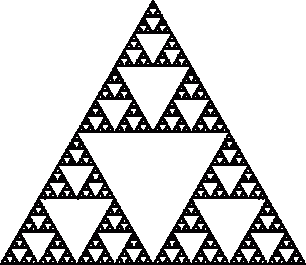A team of motley researchers at the Royal Society’s residential media skills course left gobsmacked, by the bizarre ways in which they can communicate their research (and by the candy collection at coffee break) – the previous line is the top of the inverted triangle of this blog post!
I recently came back from Chichester hall where the Royal society holds their residential communication and media skills course where we were introduced to such blasphemies as inverted (i.e. downside-up) triangles.
Inverted triangles can give us researchers sleepless nights since that implies we write the conclusion of our article at the top and the introduction at the bottom! Moreover, we were assured of even stranger constructions with all kinds of combinations of triangles, trapeziums, circles and rhombuses – maybe even serpinski triangles – Jon?

The rationale is that for mobile devices and millenials (..and shortening time spans) the punch should come right up and further, as you may have noticed – paragraphs should be very short (even one sentence each! – if you don’t believe me, go to BBC’s websites).
More to follow, of course ….
Dr. Jon Copley the deep sea marine biologist can be found at http://www.joncopley.com and Geoff Marsh (not the cricketer) can be found at https://www.geoffmarsh.com – you didn’t think I would give you their links at the top of page and let you get away from my post, eh!!
